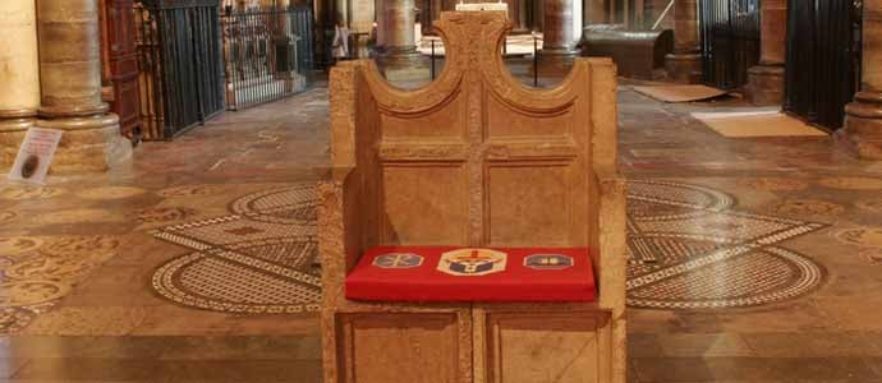The name ‘cathedral’ is derived from the Latin word ‘cathedra’ which means ‘chair’. A church which contains the official chair, seat or throne of a bishop is called a cathedral. When a new bishop takes up his or her duties, he or she is enthroned during a service in the cathedral church. The relationship between bishops and their cathedrals is a close one.
The Cathedrals Measure 1999 states that ‘The bishop shall have the principal seat and dignity in the cathedral’. The bishop, after consultation with the Chapter and subject to any provision in the Statutes of the cathedral, may officiate in the cathedral and use it in his work of teaching and mission, for ordinations and synods and for other diocesan occasions and purposes.
The diocesan bishop is Visitor to his or her cathedral. The role of Visitor, in English law, is to oversee an autonomous ecclesiastical or charitable institution and, if necessary, to intervene in its internal affairs. As Visitor, the bishop hears and determines questions about the Constitution and Statutes. He or she may also hold a Visitation of the cathedral when he or she considers it desirable or necessary to do so, or when requested by the Council or the Chapter. A Visitation gives the bishop the opportunity to enquire into cathedral affairs and, as a result, may give directions to the Chapter or to cathedral staff which he or she considers will better enable observance of the Constitution and Statutes.
The bishop can attend and speak at meetings of the Cathedral Council. Bishops and Chapters often consult each other and seek advice.
